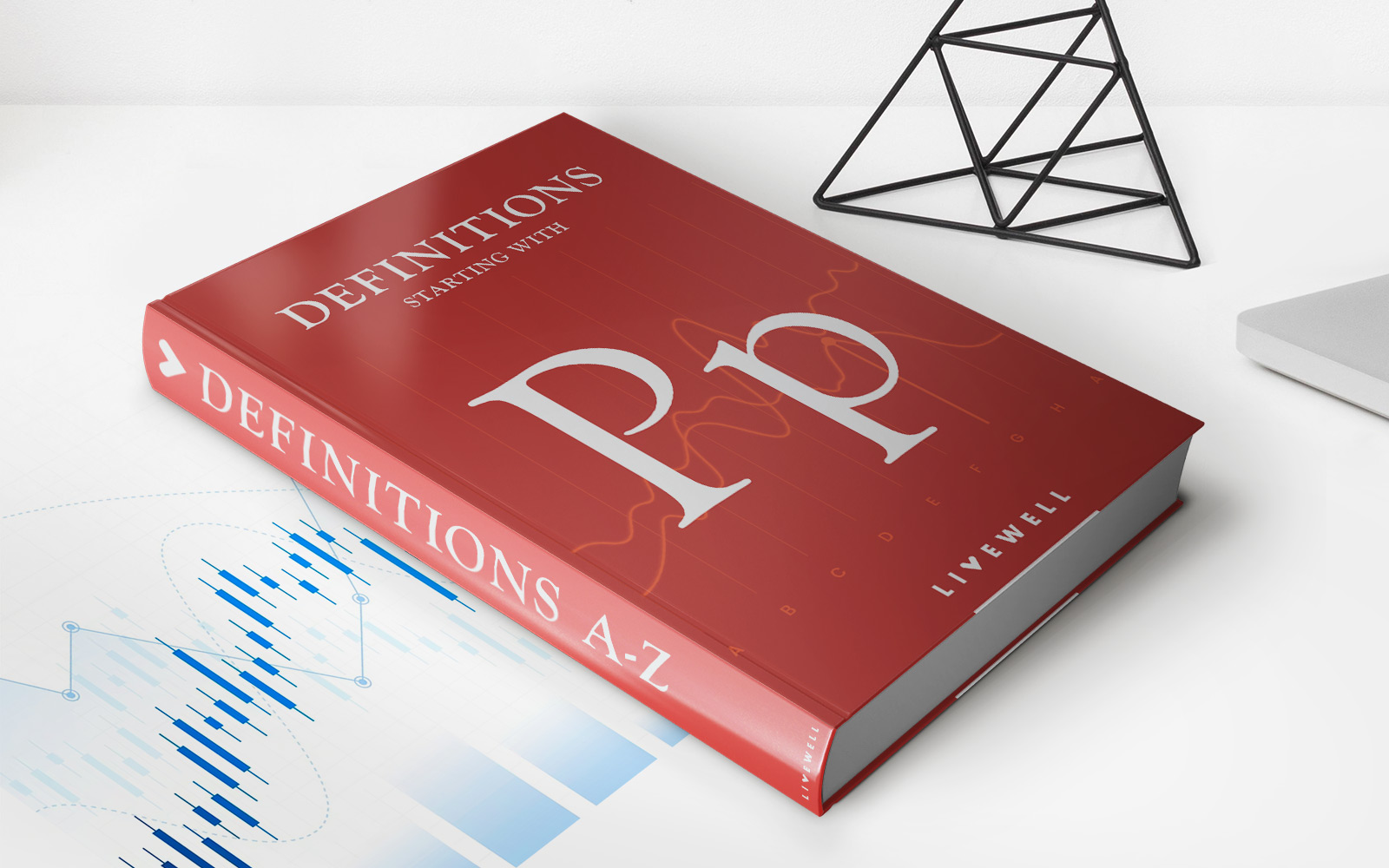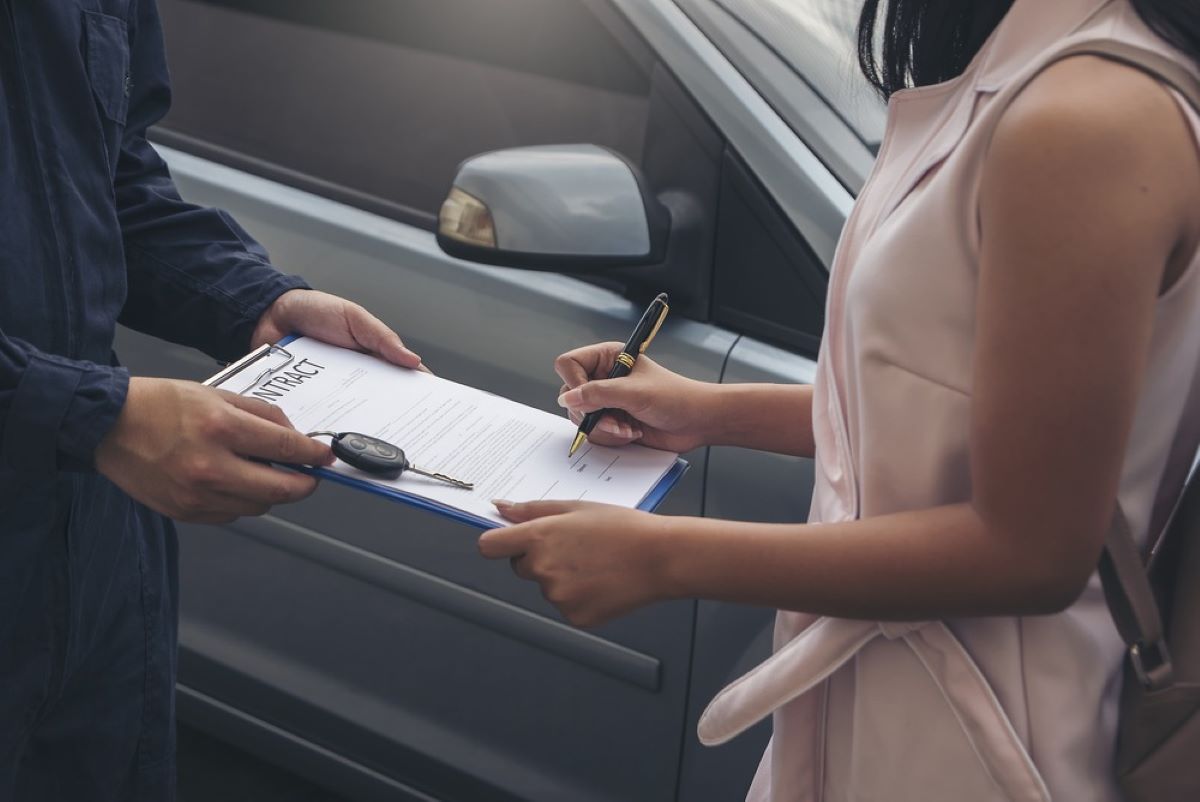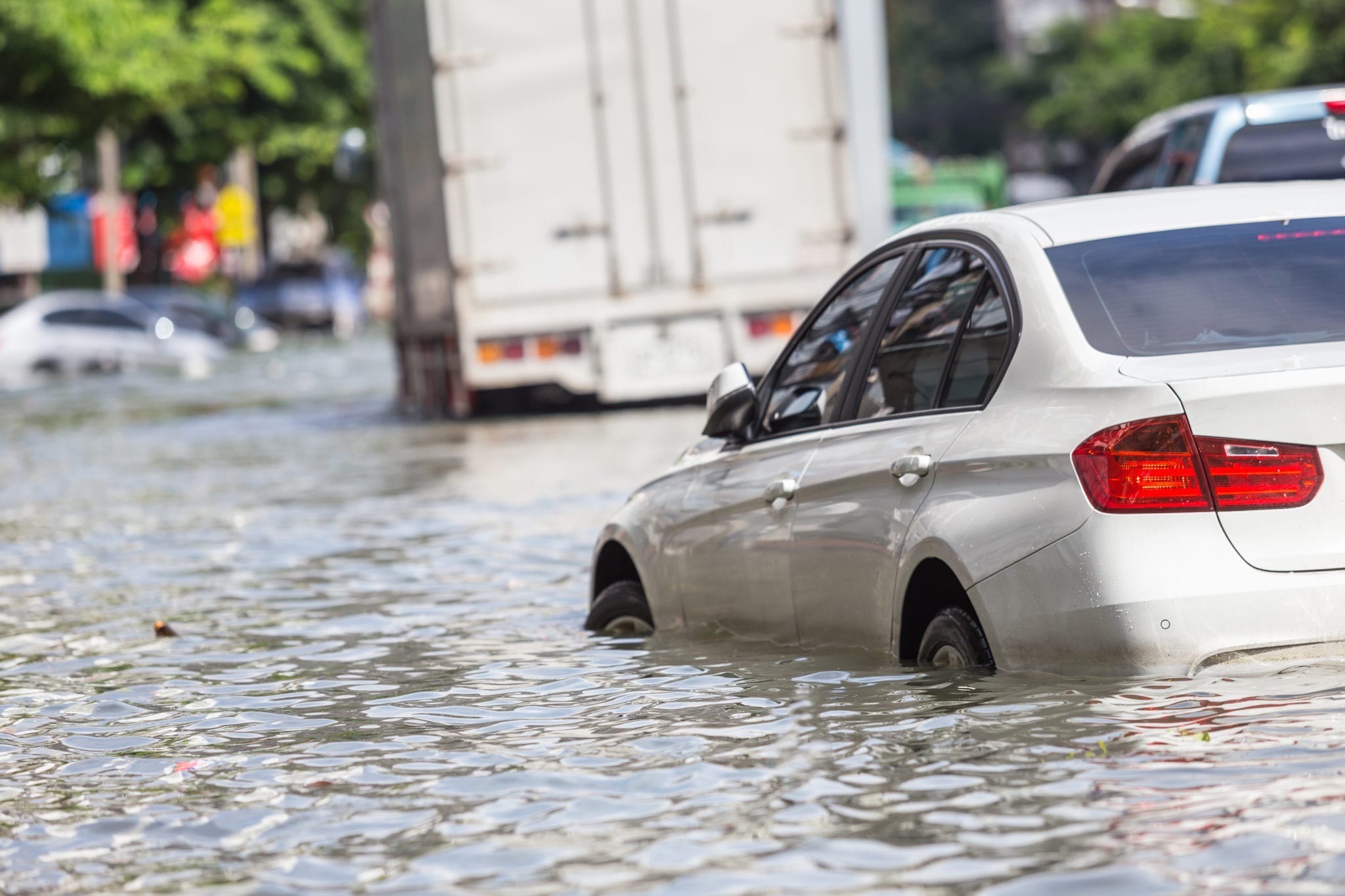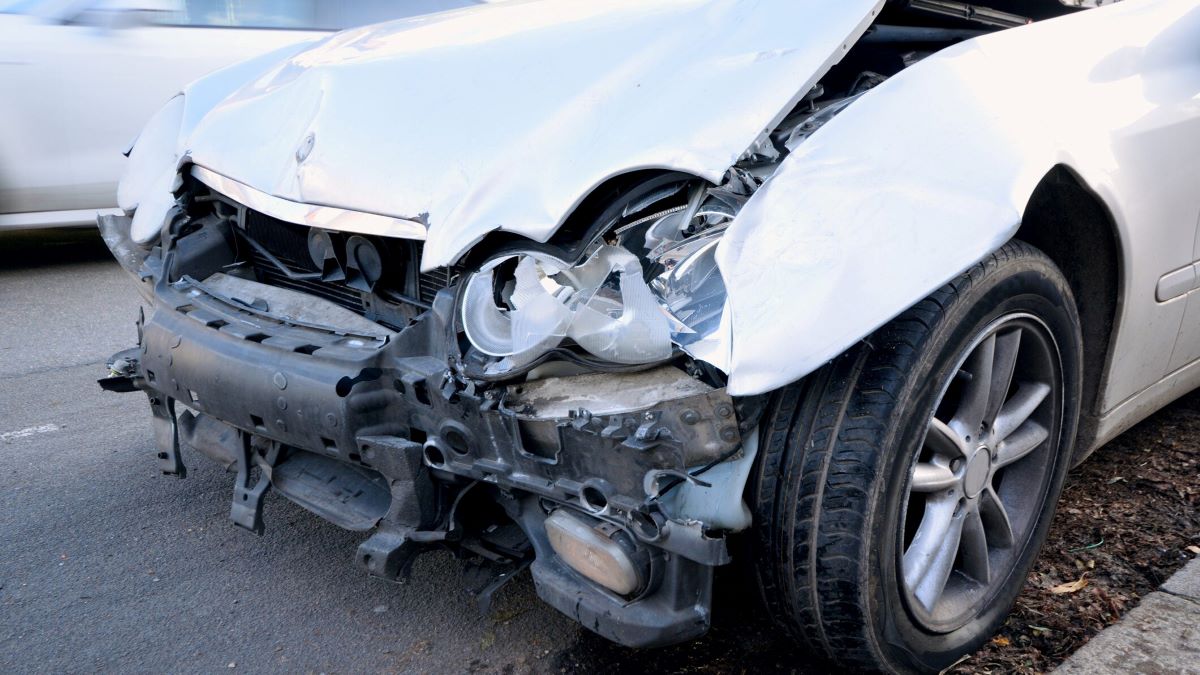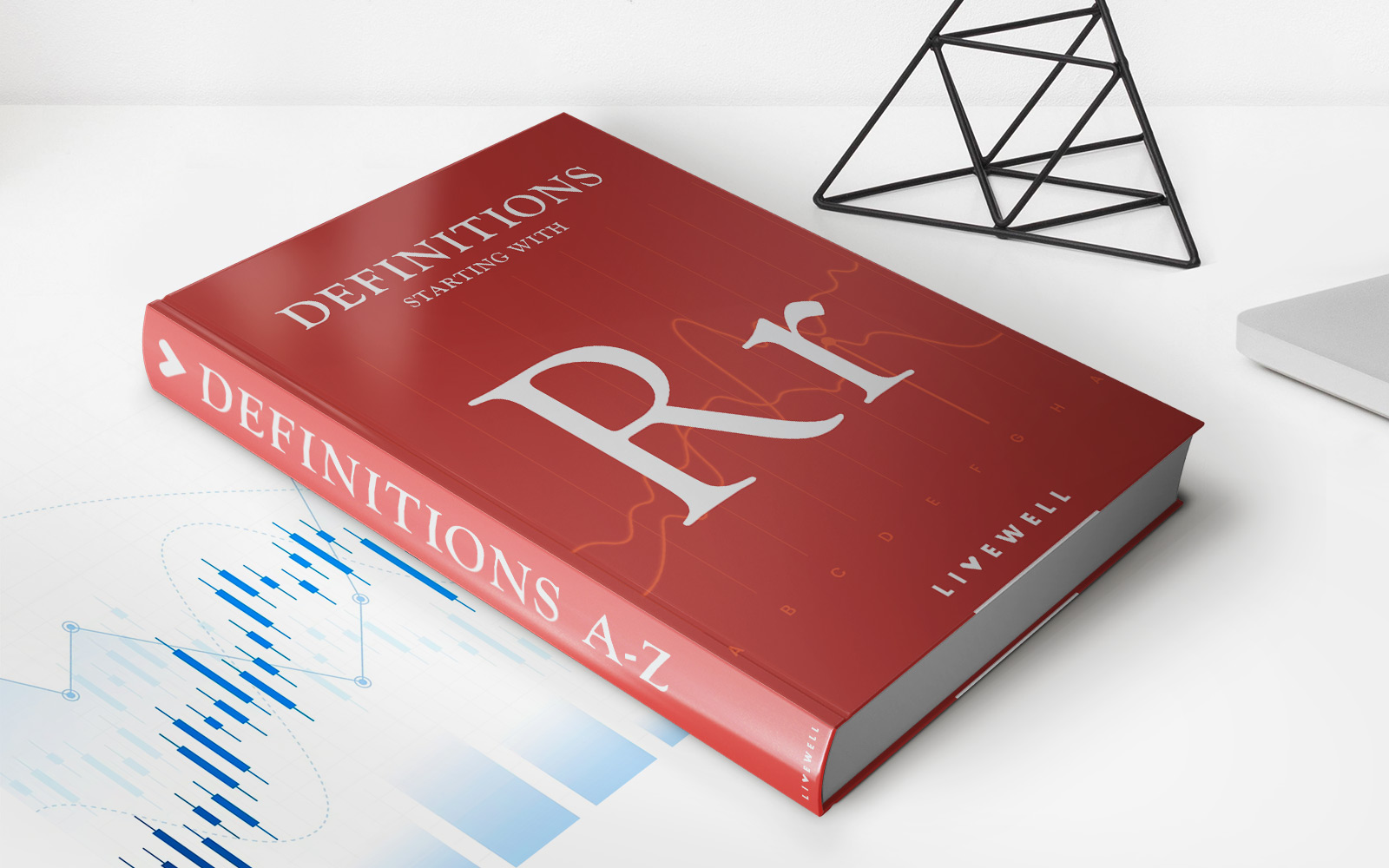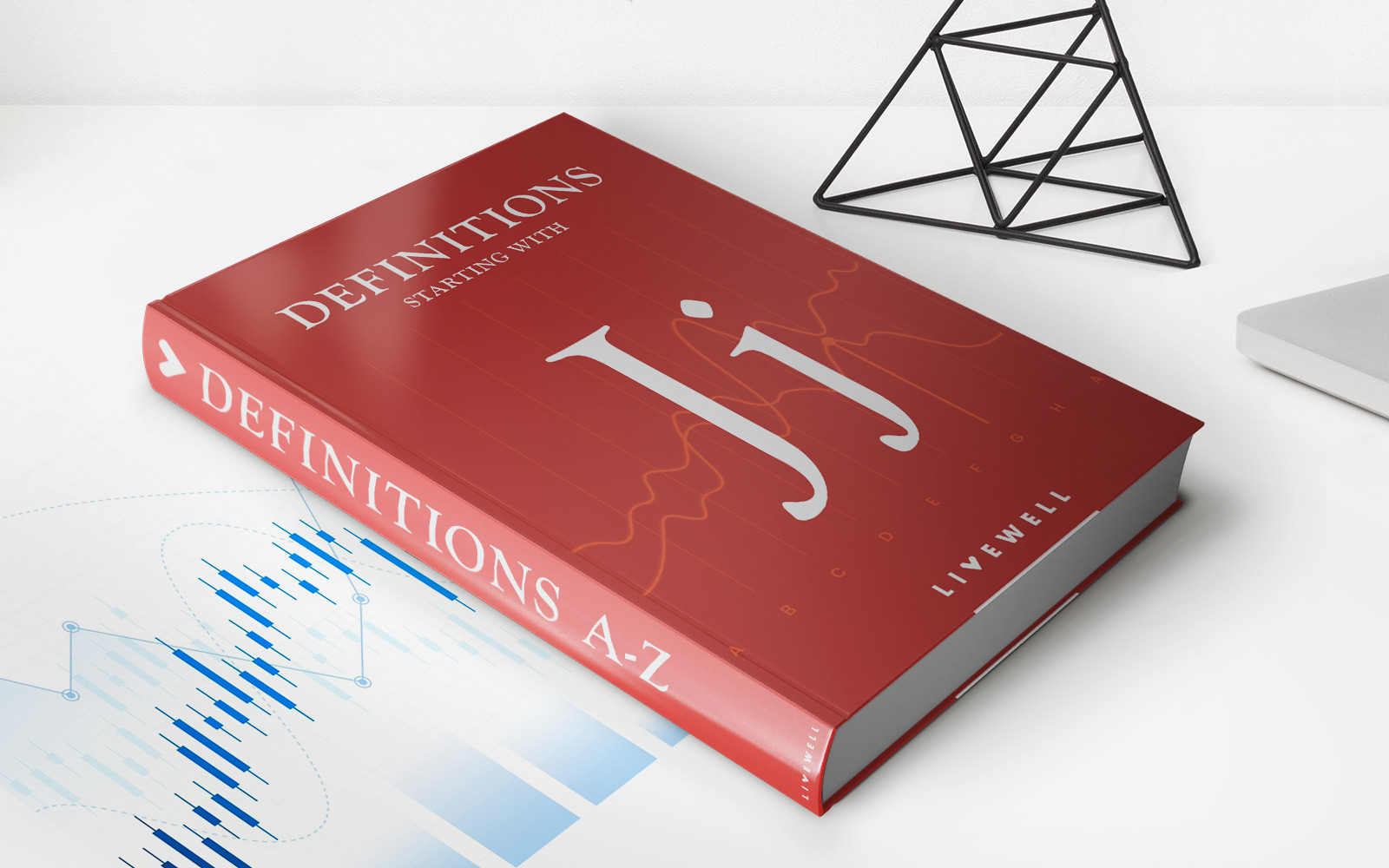Home>Finance>What Is The Minimum Liability Insurance In Texas?


Finance
What Is The Minimum Liability Insurance In Texas?
Published: November 21, 2023
Find out the minimum liability insurance required in Texas for financial protection. Stay compliant with the finance regulations.
(Many of the links in this article redirect to a specific reviewed product. Your purchase of these products through affiliate links helps to generate commission for LiveWell, at no extra cost. Learn more)
Table of Contents
- Introduction
- Understanding Liability Insurance
- Minimum Liability Insurance Requirements in Texas
- Bodily Injury Liability Coverage
- Property Damage Liability Coverage
- How Texas Law Defines Minimum Liability Insurance
- Penalties for Not Having Minimum Liability Insurance
- Obtaining Minimum Liability Insurance in Texas
- Additional Auto Insurance Coverage Options
- Conclusion
Introduction
Welcome to the world of liability insurance in the state of Texas! Whether you’re a seasoned driver or a new car owner, understanding the minimum liability insurance requirements is crucial to ensure that you’re financially protected in the event of an accident. Texas law mandates that all drivers carry a minimum level of liability insurance to cover bodily injury and property damage caused by their vehicle.
Liability insurance is a type of coverage that helps pay for the damages you may cause to another person or their property in a car accident. It is designed to protect you from having to pay out of pocket for medical bills, vehicle repairs, or legal fees arising from an accident you are deemed responsible for. In Texas, liability insurance is a legal requirement for all drivers and failing to maintain coverage can result in severe penalties.
In this article, we will delve into the minimum liability insurance requirements in Texas, exploring the specific coverage amounts necessary for bodily injury and property damage. We will also discuss how Texas law defines these minimum requirements and the penalties you may face for failing to comply. Additionally, we will provide information on how to obtain the minimum liability insurance and explore optional auto insurance coverage options that can further protect you on the road.
By the end of this article, you’ll have a comprehensive understanding of the minimum liability insurance requirements in Texas, empowering you to make informed decisions about your auto insurance coverage and ensuring that you’re compliant with the law.
Understanding Liability Insurance
Before we dive into the specific requirements of liability insurance in Texas, let’s first establish a solid understanding of what liability insurance entails. Liability insurance is a type of coverage that provides financial protection in the event that you are held responsible for causing harm to another person or damaging their property.
There are two primary components of liability insurance: bodily injury liability coverage and property damage liability coverage.
Bodily injury liability coverage helps pay for the medical expenses, lost wages, and other damages suffered by the other party involved in an accident that you are deemed responsible for. This coverage also extends to legal defense costs if the injured party decides to pursue a lawsuit.
Property damage liability coverage, on the other hand, helps cover the repair or replacement costs for any property damaged as a result of an accident you caused. This can include damage to other vehicles, buildings, fences, or any other property that may be affected in the incident.
It’s important to note that liability insurance protects the other party involved in the accident, not you or your vehicle. If you want coverage for your own medical expenses or damage to your vehicle, you will need to consider additional types of coverage, such as personal injury protection or collision insurance.
Liability insurance is intended to provide a safety net and financial security for both you and the other parties involved in an accident. It ensures that you are not personally responsible for covering the expenses and damages resulting from an accident that you caused.
Now that we have a clear understanding of liability insurance, let’s explore the specific minimum requirements mandated by Texas law.
Minimum Liability Insurance Requirements in Texas
When it comes to auto insurance, the state of Texas has specific minimum liability insurance requirements that all drivers must adhere to. These requirements are in place to protect both drivers and other parties involved in accidents from potentially devastating financial repercussions.
In Texas, the minimum liability insurance requirements are often expressed as a three-part number, such as “30/60/25”. Let’s break down what these numbers mean:
- 30 refers to the minimum coverage amount in thousands of dollars for bodily injury liability per person injured in an accident.
- 60 represents the minimum coverage amount in thousands of dollars for bodily injury liability per accident, regardless of the number of individuals injured.
- 25 signifies the minimum coverage amount in thousands of dollars for property damage liability per accident.
These coverage amounts are the absolute minimum required by Texas law, but it’s worth considering that they may not be sufficient to fully protect you in more serious accidents. It’s always wise to evaluate your own circumstances and consider increasing your coverage limits for better financial protection.
For example, if you have significant assets, it’s advisable to have liability coverage that is higher than the state minimums. This can help shield your personal assets from potential lawsuits in the event of a severe accident where damages exceed the minimum coverage limits.
Auto insurance providers in Texas are required to offer you coverage that meets these minimum standards, but you should carefully review your policy and make sure you understand the coverage limits and any exclusions.
Keep in mind that liability insurance is not the only type of coverage you can have on your auto insurance policy. There are additional options available that can provide further protection and peace of mind on the road. We’ll explore these options in more detail later in the article.
Now that we understand the minimum liability insurance requirements set forth by Texas law, we’ll delve into how the state defines and enforces these requirements.
Bodily Injury Liability Coverage
One of the key components of liability insurance is bodily injury liability coverage. This type of coverage is designed to protect you financially in the event that you cause injury or harm to another person in a car accident.
When it comes to bodily injury liability coverage in Texas, there are two key aspects to consider: the per-person coverage limit and the per-accident coverage limit.
The per-person coverage limit refers to the maximum amount that your insurance company will pay out for injuries sustained by a single individual in an accident that you are at fault for. The minimum requirement in Texas is $30,000 per person.
The per-accident coverage limit indicates the maximum amount that your insurance company will pay out for bodily injuries for all individuals involved in an accident that you caused. The minimum requirement in Texas is $60,000 per accident.
It is important to note that these liability coverage limits are the minimum requirements mandated by Texas law. However, it is often recommended to consider higher coverage limits, especially if you have significant assets to protect.
In more severe accidents, medical expenses and legal costs can quickly exceed the minimum requirements, leaving you personally responsible for the additional costs if your coverage is insufficient. By increasing your bodily injury liability coverage limits, you can provide yourself with greater financial protection and peace of mind.
When selecting your bodily injury liability coverage, it’s also worth considering the potential long-term consequences of an accident. Serious injuries can result in ongoing medical treatments, therapy, and lost wages for the injured party. Having adequate liability coverage can help ensure that the injured individuals receive the necessary care and compensation they deserve.
Remember, liability insurance is not only a legal requirement but also a means of protecting yourself and others on the road. It is a crucial component of your auto insurance policy that can help safeguard your financial well-being in case of an unfortunate accident.
Next, let’s explore another important aspect of liability insurance: property damage liability coverage.
Property Damage Liability Coverage
Property damage liability coverage is an essential component of liability insurance in Texas. This coverage is specifically designed to protect you financially in the event that you cause damage to someone else’s property in a car accident.
When it comes to property damage liability coverage in Texas, the minimum requirement is $25,000 per accident. This coverage applies to any damage you may cause to other vehicles, buildings, fences, or any other property that may be affected in an accident for which you are found at fault.
Property damage can be costly to repair or replace, especially in the case of high-value vehicles or extensive property damage. If the damage caused exceeds the coverage limit, you may be personally responsible for the remaining costs.
It’s important to consider that the minimum property damage liability coverage may not be sufficient in certain situations. For example, if you are involved in an accident where a luxury vehicle or commercial property is damaged, the costs can quickly surpass the minimum coverage limit.
By opting for higher property damage liability coverage, you can provide yourself with greater financial protection and minimize your personal liability in case of an accident.
Property damage liability coverage not only protects you from the financial burden of paying for repairs or replacements but also provides peace of mind knowing that you can fulfill your obligations to others affected by the accident.
It’s worth noting that property damage liability coverage typically does not cover damage to your own vehicle. If you want coverage for repairs to your own vehicle, you would need to consider adding collision coverage to your insurance policy.
Now that we’ve explored bodily injury liability coverage and property damage liability coverage, it’s important to understand how Texas law defines and enforces these minimum liability insurance requirements.
How Texas Law Defines Minimum Liability Insurance
In Texas, the minimum liability insurance requirements for auto insurance are outlined and enforced by state law. It is important to understand how these requirements are defined to ensure compliance and avoid penalties.
Texas law defines the minimum liability insurance requirements in terms of coverage limits for both bodily injury and property damage liability. As mentioned earlier, the minimum coverage limits are expressed as three numbers, such as “30/60/25,” representing the coverage amounts in thousands of dollars per person injured, per accident, and for property damage, respectively.
It is crucial to note that the minimum liability insurance requirements in Texas are not optional. All drivers are legally required to have liability insurance coverage that meets or exceeds these minimum standards.
Furthermore, Texas law also requires auto insurance companies to offer uninsured/underinsured motorist coverage, also known as UM/UIM coverage. This coverage helps protect you if you are involved in an accident caused by a driver who doesn’t have insurance or whose insurance coverage is insufficient to cover your damages.
While UM/UIM coverage is not mandatory in Texas, insurance companies are required to offer it to you when you purchase your policy. However, you have the option to decline this coverage in writing if you prefer not to include it in your policy.
It’s important to understand that simply having proof of insurance at the time of a traffic stop or accident is not enough. Texas law requires insurance companies to electronically report the insurance status of vehicles to the Texas Department of Motor Vehicles (DMV) through the TexasSure database. This means that the state has a real-time record of your insurance coverage, and failure to maintain liability insurance can result in serious penalties.
In the next section, we will discuss the penalties you may face for not having the minimum liability insurance in Texas.
Penalties for Not Having Minimum Liability Insurance
In Texas, the penalties for not having the minimum liability insurance coverage can be severe. Failure to maintain the required insurance can lead to legal consequences, financial burdens, and limitations on your driving privileges.
If you are caught driving without valid proof of insurance, you may face the following penalties:
- Fines: The first offense for driving without insurance in Texas can result in fines ranging from $175 to $350. For subsequent offenses, the fines can increase up to $1,000.
- Driver’s License Suspension: Your driver’s license may be suspended for up to two years if you are found operating a motor vehicle without insurance.
- Vehicle Impoundment: If you are caught driving without insurance, law enforcement has the authority to impound your vehicle. The cost of impoundment can be substantial, and you will need to provide proof of insurance before your vehicle can be released.
- SR-22 Requirement: If you are convicted of driving without insurance, the Texas Department of Public Safety may require you to file an SR-22 certificate. An SR-22 is a form that verifies you have the required liability insurance. This process usually involves higher insurance premiums.
Additionally, being involved in an accident without insurance coverage can bring even more challenges. If you are found at fault for the accident, you will be personally responsible for covering the damages and medical expenses of the other party involved. This can lead to significant financial hardship and potential lawsuits.
It’s important to note that simply having insurance at the time of an accident is not enough. If your insurance coverage lapses or is cancelled, the potential penalties and consequences remain the same.
As a responsible driver, it is crucial to maintain the mandatory minimum liability insurance to protect yourself, others on the road, and to avoid these penalties and potential legal issues.
Now that we understand the penalties for not having the minimum liability insurance, let’s explore how you can obtain the necessary coverage in Texas.
Obtaining Minimum Liability Insurance in Texas
Obtaining the minimum liability insurance coverage required by Texas law is a straightforward process. To ensure that you are compliant and protected on the road, follow these steps to secure the necessary coverage:
- Research Insurance Providers: Start by researching reputable insurance providers in your area. Look for companies that offer competitive rates and have a strong track record of customer service.
- Compare Quotes: Reach out to multiple insurance companies and request quotes for the minimum liability coverage required in Texas. Comparing quotes will help you find the most affordable option without sacrificing coverage quality.
- Provide Relevant Information: When securing insurance, you will need to provide certain information, including your driver’s license number, vehicle details, driving history, and personal information. Be prepared to gather and provide all necessary details to the insurance company.
- Select Coverage Limits: Choose liability coverage limits that meet or exceed the minimum requirements set forth by Texas law. Consider your own financial situation and assets when deciding on coverage limits. Remember, higher coverage limits can provide greater protection.
- Pay Premiums: Once you have chosen the insurance company and coverage options that suit your needs, pay the premiums. Insurance companies typically offer various payment options, such as monthly, quarterly, or annual payments.
- Receive Proof of Insurance: The insurance company will provide you with a proof of insurance document. This document serves as evidence that you have the minimum liability coverage required by Texas law. Keep this document in your vehicle at all times and be prepared to present it if requested by law enforcement or in the event of an accident.
Remember, obtaining minimum liability insurance is an ongoing responsibility. You must ensure that your coverage remains valid and up-to-date by paying your premiums on time and renewing your policy as needed.
While minimum liability insurance is mandated by law, it’s important to consider additional coverage options that can offer greater protection. Optional coverages such as comprehensive insurance, collision insurance, and uninsured/underinsured motorist coverage can provide added financial security.
Now that you have an understanding of how to obtain the minimum liability insurance coverage, let’s explore some additional auto insurance coverage options you may want to consider.
Additional Auto Insurance Coverage Options
While minimum liability insurance coverage is required by law in Texas, there are additional coverage options you may want to consider to enhance your financial protection on the road. These optional coverages can offer added peace of mind and help mitigate potential risks.
Here are a few additional auto insurance coverage options to consider:
- Comprehensive Insurance: Comprehensive insurance provides coverage for damages to your vehicle that occur outside of a collision, such as theft, vandalism, fire, or damage from natural disasters. This coverage can help repair or replace your vehicle in these non-collision scenarios.
- Collision Insurance: Collision insurance covers the cost of repairs or replacement for your vehicle if it is damaged in a collision with another vehicle or object, regardless of fault. This coverage can help you avoid significant out-of-pocket expenses for repairs or replacing your vehicle entirely.
- Uninsured/Underinsured Motorist Coverage: While not required in Texas, uninsured/underinsured motorist coverage protects you if you are involved in an accident with a driver who doesn’t have insurance or has insufficient coverage. This coverage helps pay for your medical expenses, lost wages, and vehicle repairs in such situations.
- Personal Injury Protection (PIP): Personal Injury Protection, or PIP, covers medical expenses for you and your passengers regardless of fault. It can also provide coverage for lost wages and other related costs resulting from an accident. PIP coverage is particularly useful if you don’t have health insurance or have limited coverage.
- Rental Car Coverage: Rental car coverage reimburses you for the cost of renting a vehicle while your car is being repaired due to an accident. This coverage ensures that you have a means of transportation while your vehicle is out of commission.
Take the time to evaluate your individual needs and priorities to determine which additional coverage options would be beneficial for you. Consider your financial situation, driving habits, and the value of your vehicle when making these decisions.
Keep in mind that while additional coverage options can enhance your protection, they will also impact the cost of your insurance premiums. It’s important to find the right balance between adequate coverage and affordability.
By exploring these additional coverage options, you can customize your insurance policy to meet your specific needs and ensure comprehensive protection on the road.
Now, let’s wrap up our discussion.
Conclusion
Understanding the minimum liability insurance requirements in Texas is essential for every driver. By having the minimum liability coverage, you not only comply with the law but also protect yourself and others on the road from potential financial burdens.
Liability insurance coverage, including bodily injury liability and property damage liability, is the foundation of auto insurance in Texas. It provides financial protection in the event that you are responsible for causing harm to another person or damaging their property. However, it’s important to consider that the minimum coverage limits may not be sufficient in more serious accidents.
To ensure that you have adequate protection, it’s advisable to consider higher coverage limits, taking into account your personal assets and potential risks. Additionally, exploring additional coverage options such as comprehensive insurance, collision insurance, uninsured/underinsured motorist coverage, personal injury protection, and rental car coverage can offer increased peace of mind on the road.
Remember, driving without the minimum liability insurance coverage in Texas can result in significant penalties, including fines, license suspension, vehicle impoundment, and the requirement to file an SR-22 certificate. It’s crucial to maintain valid and up-to-date insurance coverage to avoid these consequences.
Obtaining the minimum liability insurance and exploring additional coverage options is a straightforward process. Research insurance providers, compare quotes, provide the necessary information, select appropriate coverage limits, pay the premiums, and keep the proof of insurance in your vehicle at all times.
By understanding and abiding by the minimum liability insurance requirements in Texas, you can have peace of mind, financial protection, and be prepared to handle any unforeseen circumstances on the road.
Protect yourself, protect others, and stay safe on the roads of Texas by maintaining the necessary insurance coverage.
